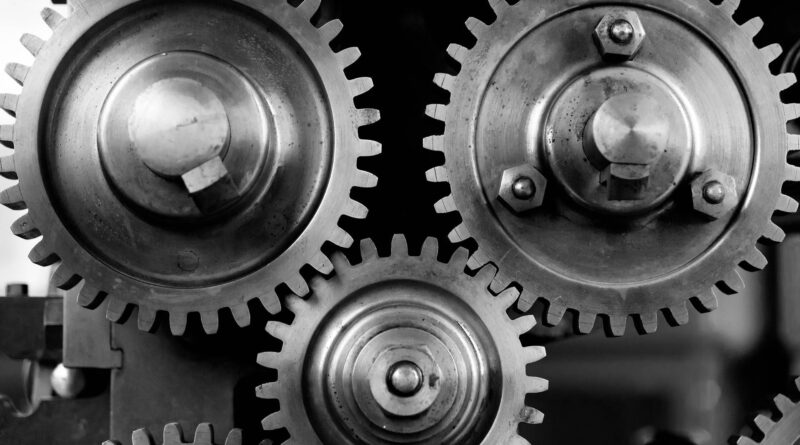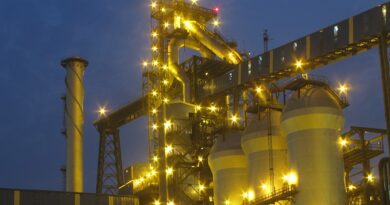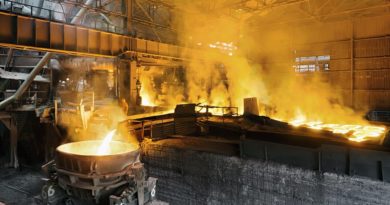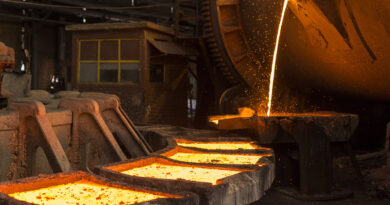Scrap market fluctuations create uncertainty for steelmakers
HONG KONG – Scrap market fluctuations create uncertainty for production costs and margins – The unexpected hype in prices of scrap and subsequently steel since December gave the impression that we may see a super cycle in 2021.
After very strong demand at the end of 2020, January saw a more sensitive market. Prices had moved up too rapidly in anticipation of a quick recovery with restocking activities. The sudden heavy drop in the scrap prices made market players nervous.
It was thought back in November that domestic scrap prices in China would reach international prices, but instead international prices have reached the levels of Chinese scrap prices seen in November.
Cost of production seems to be the last thing on the minds of those who are the market decision makers on sales prices. Not even the Chinese have this issue figured out as they have a rebounding economy and worse margins now than back in November last year.
2021 likely to be a year of rebound, increases in output may bring risks – 2021 looks very likely to be a year of rebound, a year of multilateral boosts to the global resurrection, with less political uncertainty.
It is highly likely that demand will be good this year. However, we will not be seeing the same spread during the rest of the year that we are currently observing in this first quarter, since we have been reading that furnaces are being fired up one after the other.
Scrap prices likely to stabilize in February, renewed buying anticipated – Scrap prices may have risen too rapidly to levels which they should not have reached, on the back of speculative activity and a correction was certainly expected.
That said, the scrap market is still expected to be tight and demand remains elevated with strong steel production and stretched-out order books. Nowadays, scrap prices are descending to levels to which they should not drop because of supply pressure created by some hidden cargoes offered on prompt basis. However, we will likely see stabilization in February with renewed buying from multiple market areas.
All eyes on China for post-holiday period to see where exactly the market will be heading. We are hoping for the Chinese to come back from their holiday to lower production. Otherwise, the price increase for scrap and raw materials will be maintained and the level of competition in the global market will be higher.
Capital Economics expects iron ore to drop to about USD 100 a tonne by the end of 2021. Capital Economics Mr James O’Rourke wrote “First, we expect demand growth in China, which accounts for approximately two thirds of global consumption, to slow. New restrictions on the share of loans to the property sector should curb steel demand growth, and in turn, appetite for iron ore. In addition, we anticipate that a slowdown in broad credit growth and the gradual withdrawal of metals intensive infrastructure fiscal stimulus will weigh on demand for steel in the construction sector.”
Mr O’Rourke said the second key reason for his pessimism is that he thinks supply, particularly from Brazil which makes up around 15% of global production, will pick up this year, having fallen by an estimated 3% in 2020.




